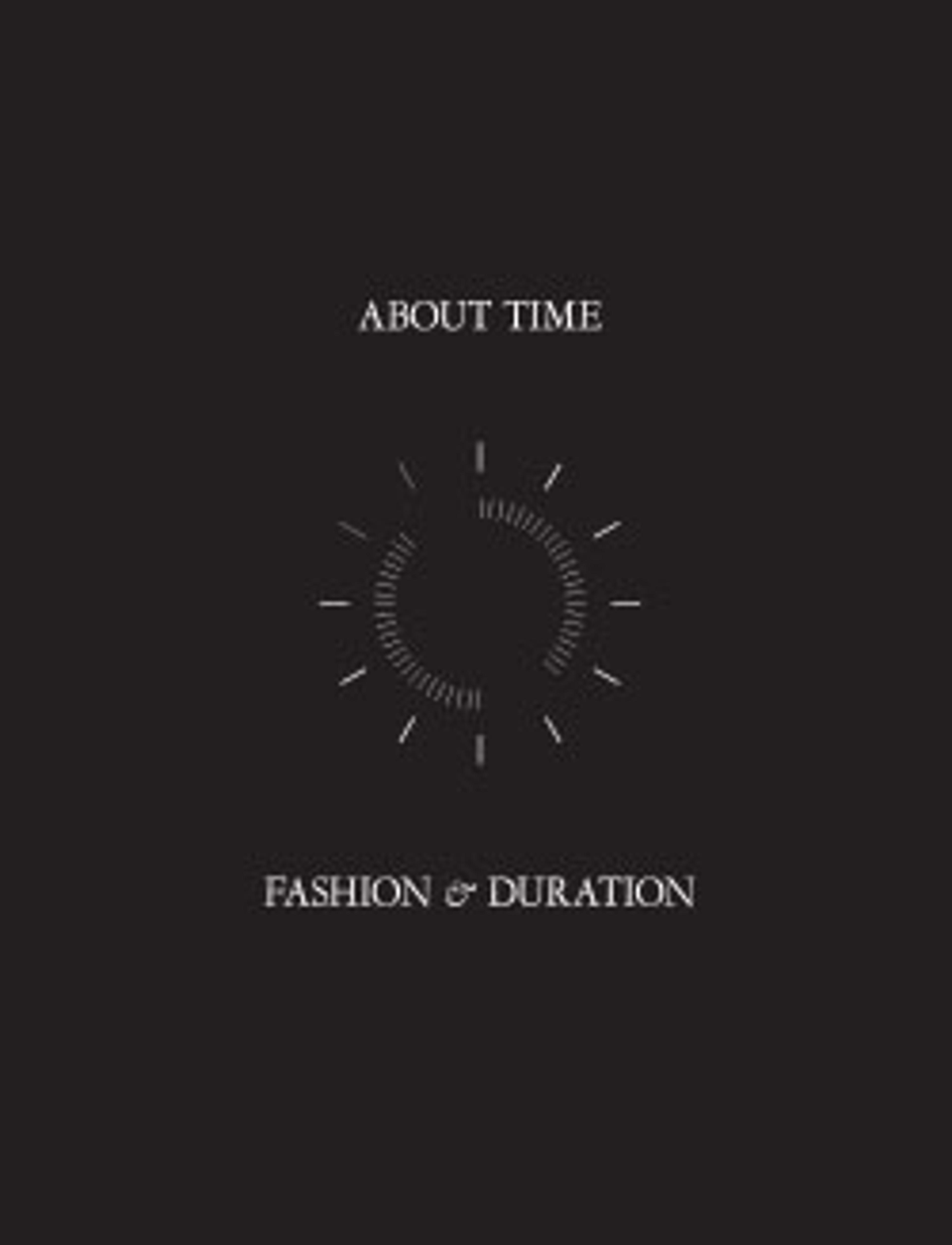Evening dress
James was expert at the implementation of bias, but often deviated from the use of “true” bias, or the angling of the fabric 45 degrees. In this rare instance, he describes his design as “pure bias” with the exploitation of the natural draping qualities of the luxuriously supple satin-faced crepe. The gown’s surplice top has an extended shoulder-line creating the effect of short cap sleeves. James notes that unlike typical kimono-sleeve constructions that angle 90 degrees from the body, he has draped his design with the front of the sleeve line at a precise 33 degrees and the back sleeve edge at 45 degrees from the body. In addition, rather than a shoulder seam, James has used a short neckline dart in a practice he calls “à cheval” to leave the main body of the sleeve undisrupted. The skirt is no less considered with a center front and back seam, both originating from the hem to split in a “Y” at the pelvis. The resulting extensions are two sets of criss-crossing waist ties that cinch the gown and end in small bows with asymmetrical streamers. The designer was especially proud of the fact that the dress, made in two sizes, was protean in its accommodation of a large range of figures.
Artwork Details
- Title: Evening dress
- Designer: Charles James (American, born Great Britain, 1906–1978)
- Date: 1932
- Culture: American
- Medium: silk/rayon
- Credit Line: Purchase, Costume Institute Benefit Fund, Friends of The Costume Institute Gifts, and Acquisitions Fund, 2013
- Object Number: 2013.401
- Curatorial Department: The Costume Institute
More Artwork
Research Resources
The Met provides unparalleled resources for research and welcomes an international community of students and scholars. The Met's Open Access API is where creators and researchers can connect to the The Met collection. Open Access data and public domain images are available for unrestricted commercial and noncommercial use without permission or fee.
To request images under copyright and other restrictions, please use this Image Request form.
Feedback
We continue to research and examine historical and cultural context for objects in The Met collection. If you have comments or questions about this object record, please complete and submit this form. The Museum looks forward to receiving your comments.
